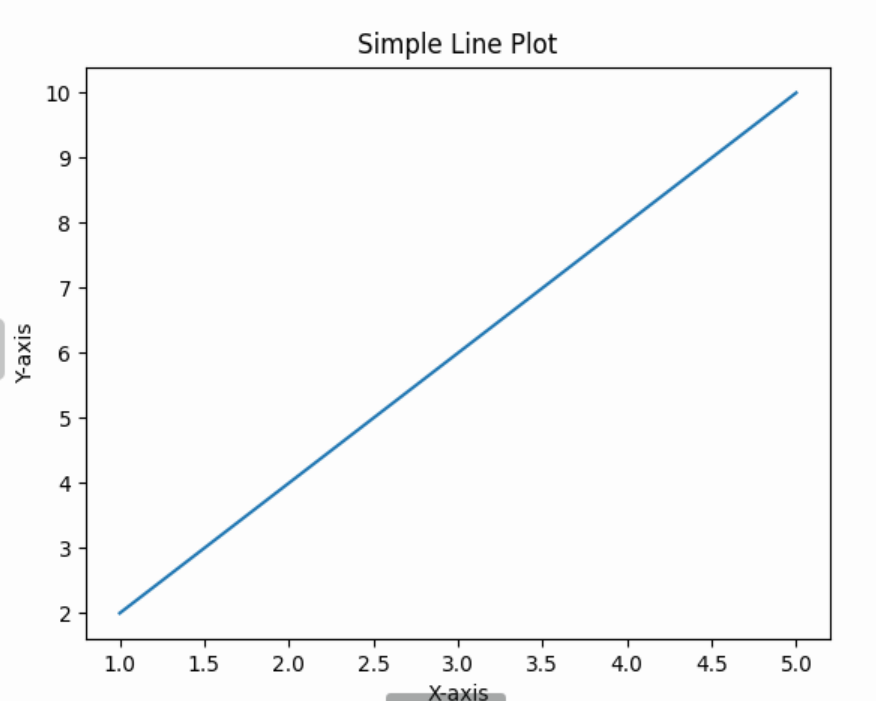python中的BetifulSoup库的详细使用方法
BeautifulSoup(通常简称为 bs4)是一个非常强大的 Python 库,用于解析 HTML 和 XML 文档。它能够帮助我们轻松地提取网页中的数据,非常适合用于网络爬虫和数据抓取任务。以下是对 BeautifulSoup 库的详细介绍和使用方法,以及一些实用案例。
1.安装 BeautifulSoup
在使用 BeautifulSoup 之前,需要先安装它。可以通过以下命令安装:
pip install beautifulsoup42.基本使用方法
2.1 解析 HTML 文档
BeautifulSoup 可以解析 HTML 或 XML 文档。通常我们会结合 requests 库获取网页内容,然后用 BeautifulSoup 解析。
from bs4 import BeautifulSoup
import requests
# 获取网页内容
url = 'https://example.com'
response = requests.get(url)
html_content = response.text
# 创建 BeautifulSoup 对象
soup = BeautifulSoup(html_content, 'html.parser')
# 打印解析后的 HTML
print(soup.prettify()) # 格式化输出 HTML2.2 提取标签内容
BeautifulSoup 提供了多种方法来提取 HTML 文档中的标签内容。
- 通过标签名查找:使用
.find()或.find_all()方法。 .find():找到第一个匹配的标签。.find_all():找到所有匹配的标签。
# 查找第一个 <title> 标签
title_tag = soup.find('title')
print(title_tag.text) # 提取标签内容
# 查找所有 <a> 标签
a_tags = soup.find_all('a')
for tag in a_tags:
print(tag.get('href')) # 提取标签的 href 属性- 通过属性查找:使用
.find()或.find_all()方法时,可以指定属性。
# 查找 class="example" 的 <div> 标签
div_tag = soup.find('div', class_='example')
print(div_tag.text)
# 查找 id="header" 的标签
header_tag = soup.find(id='header')
print(header_tag.text)- 通过 CSS 选择器查找:使用
.select()方法。
# 查找所有 <div> 标签下的 <p> 标签
p_tags = soup.select('div > p')
for tag in p_tags:
print(tag.text)
# 查找 class="example" 的标签
example_tags = soup.select('.example')
for tag in example_tags:
print(tag.text)2.3 遍历文档树BeautifulSoup 提供了多种方法来遍历 HTML 文档树。
.children:获取直接子节点。.descendants:获取所有后代节点。.parent:获取父节点。.siblings:获取兄弟节点。
# 获取 <body> 标签
body_tag = soup.find('body')
# 遍历直接子节点
for child in body_tag.children:
print(child.name)
# 遍历所有后代节点
for descendant in body_tag.descendants:
print(descendant.name)2.4 修改 HTML 文档BeautifulSoup 还可以用来修改 HTML 文档。
- 添加标签:
# 创建一个新的 <p> 标签
new_p_tag = soup.new_tag('p')
new_p_tag.string = 'This is a new paragraph.'
# 将新标签添加到 <body> 中
body_tag.append(new_p_tag)
print(soup.prettify())- 删除标签:
# 删除第一个 <p> 标签
p_tag = soup.find('p')
p_tag.decompose()
print(soup.prettify())3.实用案例
案例 1:爬取网页标题和链接
from bs4 import BeautifulSoup
import requests
url = 'https://example.com'
response = requests.get(url)
html_content = response.text
soup = BeautifulSoup(html_content, 'html.parser')
# 提取标题
title = soup.find('title').text
print(f'Title: {title}')
# 提取所有链接
links = soup.find_all('a')
for link in links:
href = link.get('href')
text = link.text
print(f'Link: {text} -> {href}')案例 2:爬取新闻网站的标题和摘要
from bs4 import BeautifulSoup
import requests
url = 'https://news.example.com'
response = requests.get(url)
html_content = response.text
soup = BeautifulSoup(html_content, 'html.parser')
# 查找新闻列表
news_items = soup.find_all('div', class_='news-item')
for item in news_items:
title = item.find('h2').text
summary = item.find('p').text
print(f'Title: {title}')
print(f'Summary: {summary}')
print('---')案例 3:提取表格数据
from bs4 import BeautifulSoup
import requests
url = 'https://example.com/table'
response = requests.get(url)
html_content = response.text
soup = BeautifulSoup(html_content, 'html.parser')
# 查找表格
table = soup.find('table')
# 提取表头
headers = [th.text for th in table.find_all('th')]
print(headers)
# 提取表格内容
rows = table.find_all('tr')
for row in rows[1:]: # 跳过表头
cells = [td.text for td in row.find_all('td')]
print(cells)4.注意事项
- 解析器选择:
BeautifulSoup支持多种解析器,如html.parser、lxml和html5lib。html.parser是 Python 自带的解析器,速度较慢但足够简单;lxml是一个第三方解析器,速度更快,但需要安装lxml库。
pip install lxml使用方法:
soup = BeautifulSoup(html_content, 'lxml')- 网页结构变化:网页的 HTML 结构可能会发生变化,因此在编写爬虫时,要定期检查代码是否仍然有效。
- 遵守法律法规:在爬取网页内容时,要遵守网站的
robots.txt文件和相关法律法规,避免对网站造成不必要的负担。
声明:本站所有文章,如无特殊说明或标注,均为本站原创发布。任何个人或组织,在未征得本站同意时,禁止复制、盗用、采集、发布本站内容到任何网站、书籍等各类媒体平台。如若本站内容侵犯了原著者的合法权益,可联系我们进行处理。






